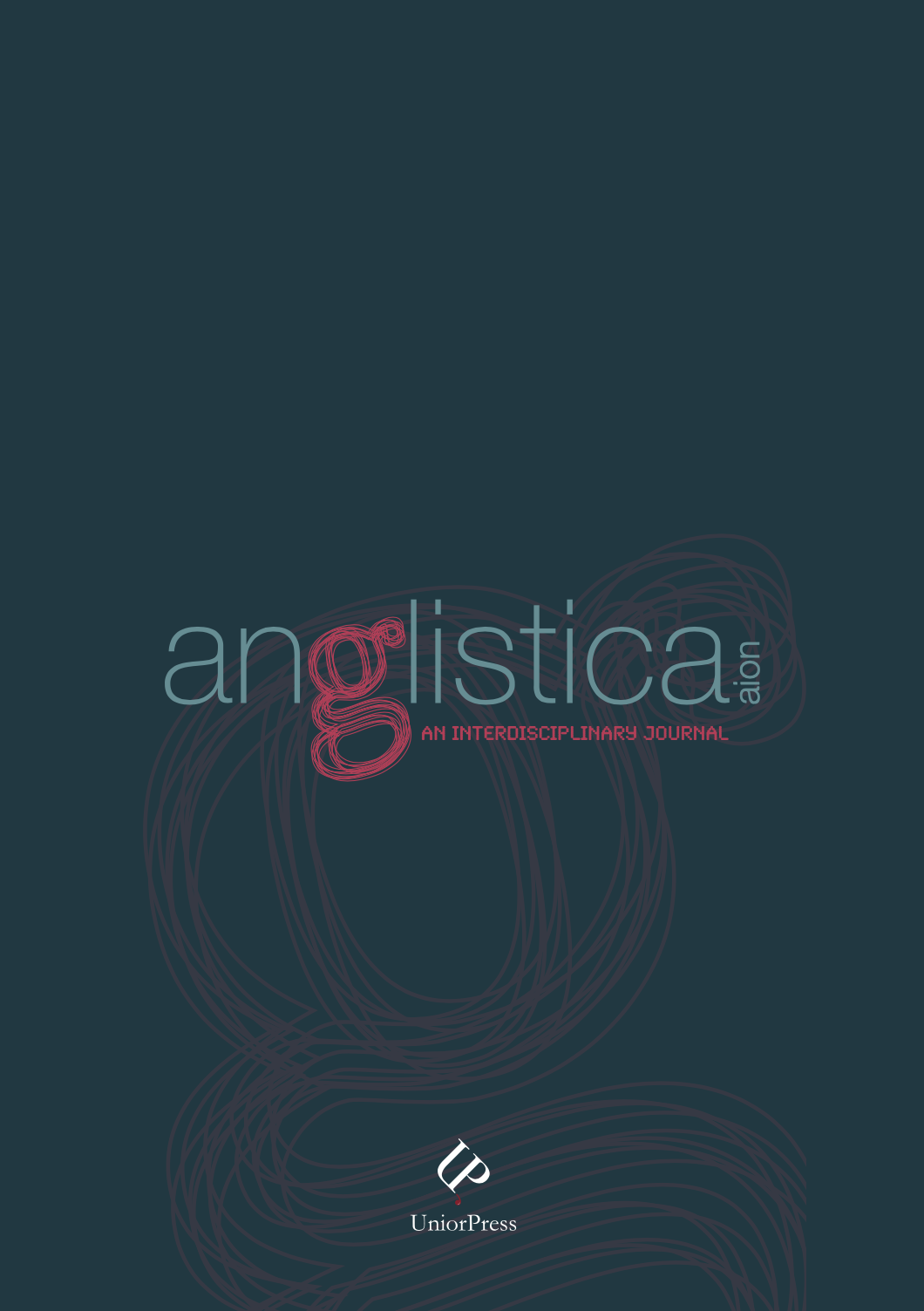Coded Borderscapes
Locative Media, Memory and Migration in ManifestAR’s Border Memorial
Abstract
Augmented Reality technologies challenge the conception of the virtual as a transcendental elsewhere. As Elizabeth Grosz puts it, the virtual is immanent in the real (Grosz 2001). The article will take into account the Augmented Reality Art of Mark Skwarek and his so-called AR interventions designed for smartphones screens, in order to explore how the virtual and the real unbind each other and how matter releases its potential. Mark Skwarek’s virtual interventions try to restore the seamlessness of the borderland and reterritorialize the border by means of topological distortion. In US/Iraqi War Memorial, the artist overlays a virtual necrogeographic map of Iraq designed by a network of burial sites of deceased Americans soldiers and Iraqi civilians during the Second Gulf War. In the Border Memorial: La Frontera de los Muertos, the traditional Mexican festivity El dia de los muertos has been uncannily translated into a memorial that unveils the scope of the loss of life and reveals the places were human remains have been found along the border. Skwarek’s art comes alive on smartphones screens as tridimensional coffins or Oaxacan traditional calaca skeletons: these objects are digitally designed and superimposed in the actual field of view to revive the humanity and reality of the immanent Other (Mezzadra 2012). The two interventions display the sites where memory turns into matter and vice versa: by following Homi Bhabha’s Location of Culture (2004), it will be argued that the virtual image is the blasphemous cultural transduction of the physical space through which newness enters the world.


